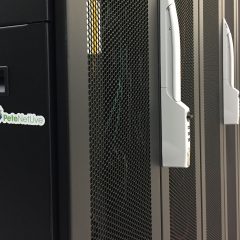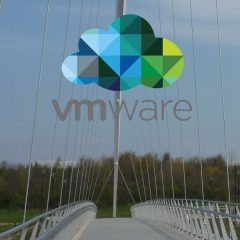VMware Horizon Machines Stuck ‘Customizing’
KB ID 0001595 Problem In all honesty there’s lots of reasons for this. I’ll cover the ones that have tripped me up, if you find some new ones feel free to post them below. Solutions Before continuing, the image needs to have the Horizon Agent installing within it, and it has to be the SAME version that your Composer and Connection servers are running, (or newer). Also your Horizon servers are connecting to VMware vCenter...
Deploying VMware View 5 – Part 5 Deploying Linked Clone View Desktops
KB ID 0000607 Problem Note: This is an old post for VMware view version 5, you might want to read Deploying VMware Horizon View instead. It’s been a while since I wrote Part 4, so it’s time to wrap this up. Now we have Composer installed on the Virtual Center, we can start to deploy our linked clone desktops. Solution VMware View – Prepare your Source Machine 1. I’ve already covered how to prepare your Windows...


